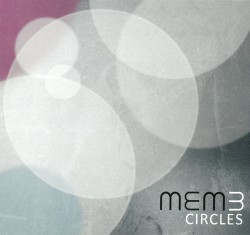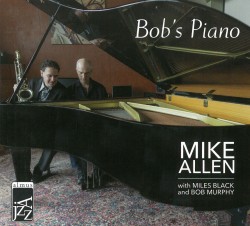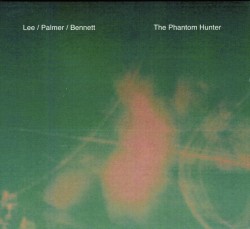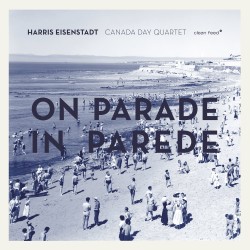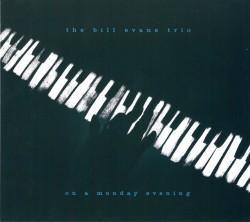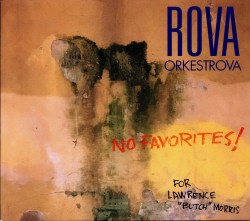From This Side - Johanna Sillanpaa
 From This Side
From This Side
Johanna Sillanpaa
Chronograph Records CR052 (johannamusic.com)
In Canada, which is brim-ful of vocal talent, there is not always room for more unless the vocalist is unquestionably topnotch. Such is the case of Johanna Sillanpaa. Few vocalists seem to respond with such quintessential musicianship to the often passionate lyricism and rhythm of jazz as Sillanpaa. Her disc From This Side is redolent of luminescent textures which she employs to drive the musical drama with telling nuance, avoiding all glibness and sentimentalism sometimes associated with balladry.
On this 2017 album Sillanpaa seems to always be just a hair’s breadth away from the listener’s ears so that the adventures and misadventures of the music’s protagonists are always experienced from close up. In Sillanpaa’s performance where she is mining the depths of original works and standards we are privy to a singular sensuality born of remarkable articulation as she slides into character with lustrous glissandos and pitch-perfect singing. Woodstock is a strong case in point, but there are also nine other pieces that highlight her fascinating abilities.
The listener is also treated to fine musicianship from a stellar ensemble that includes bassist George Koller, trumpeter Ingrid Jensen, pianist Chris Andrew and drummer Tyler Hornby. Tangibles such as harmonics and time-keeping are scrupulously maintained but Sillanpaa also brings something ineffably heartfelt to musical subtexts which she unearths and executes with ethereal beauty on In My Dreams, the disc’s most utterly memorable song.


